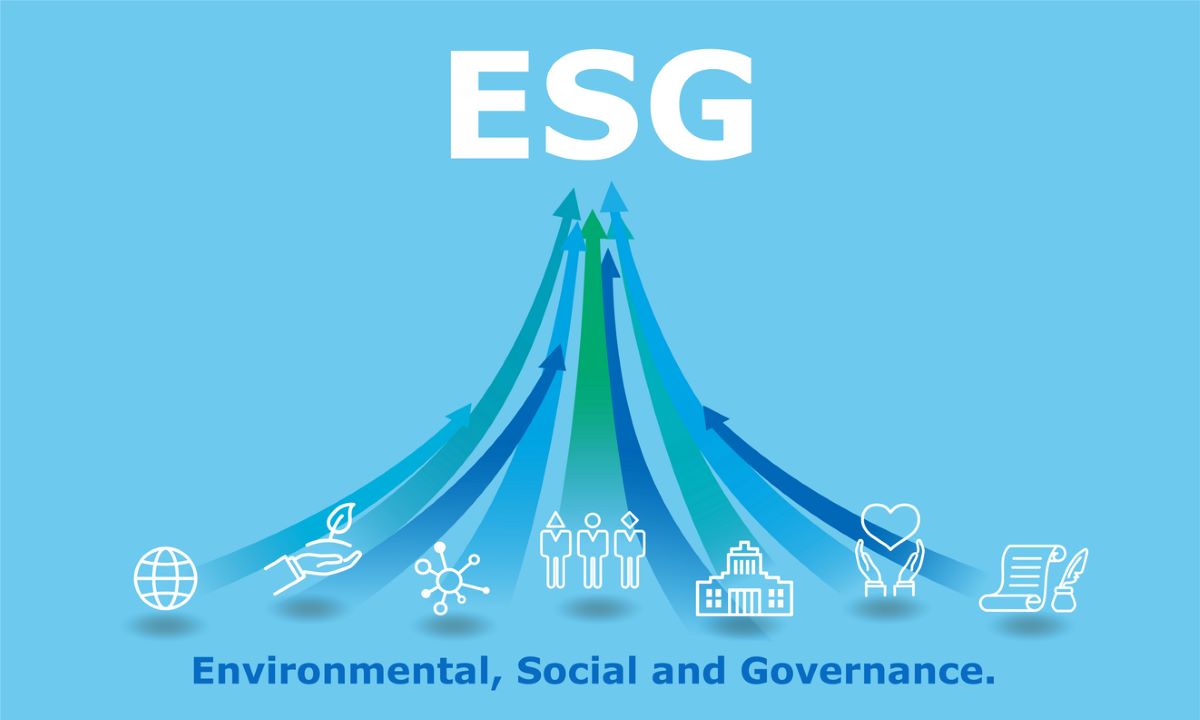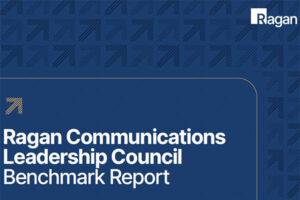Where should ESG live in the organization?
ESG is often led by the board of directors and the C-suite, and implemented throughout the organization, but it’s also evolving rapidly.

The concept of being a sustainable business has gained urgency in recent years, and now it’s frequently required by boards of directors and investors—and seen as essential in mitigating risk and an effort to bolster reputation.
It’s summed up as ESG—Environmental, Social and Governance—and it will continue to increase in importance going forward.
At its core ESG seeks to align risk mitigation and reputation enhancement with business objectives and performance. Communicators have a major opportunity—and a responsibility—to tell their organization’s ESG story. But there are significant variations in where ESG should reside within the organization.
For the PR and communications firm Argyle, SVP Roanne Argyle compares it to an older concept: corporate social responsibility. “When you think about CSR as an aspect of ESG—where it lives and who manages it—we’ve seen CSR within communications or marketing,” she says. By contrast, “ESG is led by the board of directors and the c-suite, and it’s implemented throughout the organization.”
That said, Argyle notes that the whole ESG realm is evolving rapidly, and going forward, there may be some decoupling in the future. “I think we’re seeing an evolution, but it’s happening very fast,” she adds.
[FREE REPORT: Strengthen your knowledge and skill around ESG communications]
At Waterbury, Connecticut-based Webster Bank, ESG is a natural outgrowth of CSR. Since its founding, Webster has been a values-guided, community-oriented bank, says EVP, General Counsel and Corporate Secretary Harriet Munrett Wolfe. “This is reflected in our everyday interactions with our customers and the communities we serve,” she says. “ESG is a natural extension of this, and a natural extension of corporate social responsibility.
Webster has an ESG committee that’s led by its legal department, but the committee has representation and leadership from across the organization—voices and perspective from all corners of the bank, including the communications function.
At the New Orleans-based electrical power company Entergy, John Weiss, vice president of sustainability and environmental policy, suggests there are two answers to the question of who should manage ESG. Both are equally important. First, elements of ESG performance should be managed simultaneously by each person within an organization who has ownership of one or more issues that fit under a broad sustainability umbrella. Critical support should come from an independent internal team that can take responsibility for knitting all of the pieces together.
“Second,” Weiss says, “the executive-management team has to empower all managers to make ESG performance integral to their work.”
These are just some of the insights in our exclusive ESG report for members of Ragan’s Communications Leadership Council. Get started now by downloading our free ESG communications executive summary.
Among other things, you’ll learn:
- The powerful impact ESG has had on the C-suite, on boards of directors, and on investors.
- The initial impetus for ESG in the first decade of this century.
- How ESG works in action from specific examples.
- Where ESG fits in the enterprise.
- The role of ESG-related communications in reputation management.
- Communications strategies built specifically for ESG.
- How to measure ESG communications efforts.
- Where ESG should reside among the array of other communications priorities.






